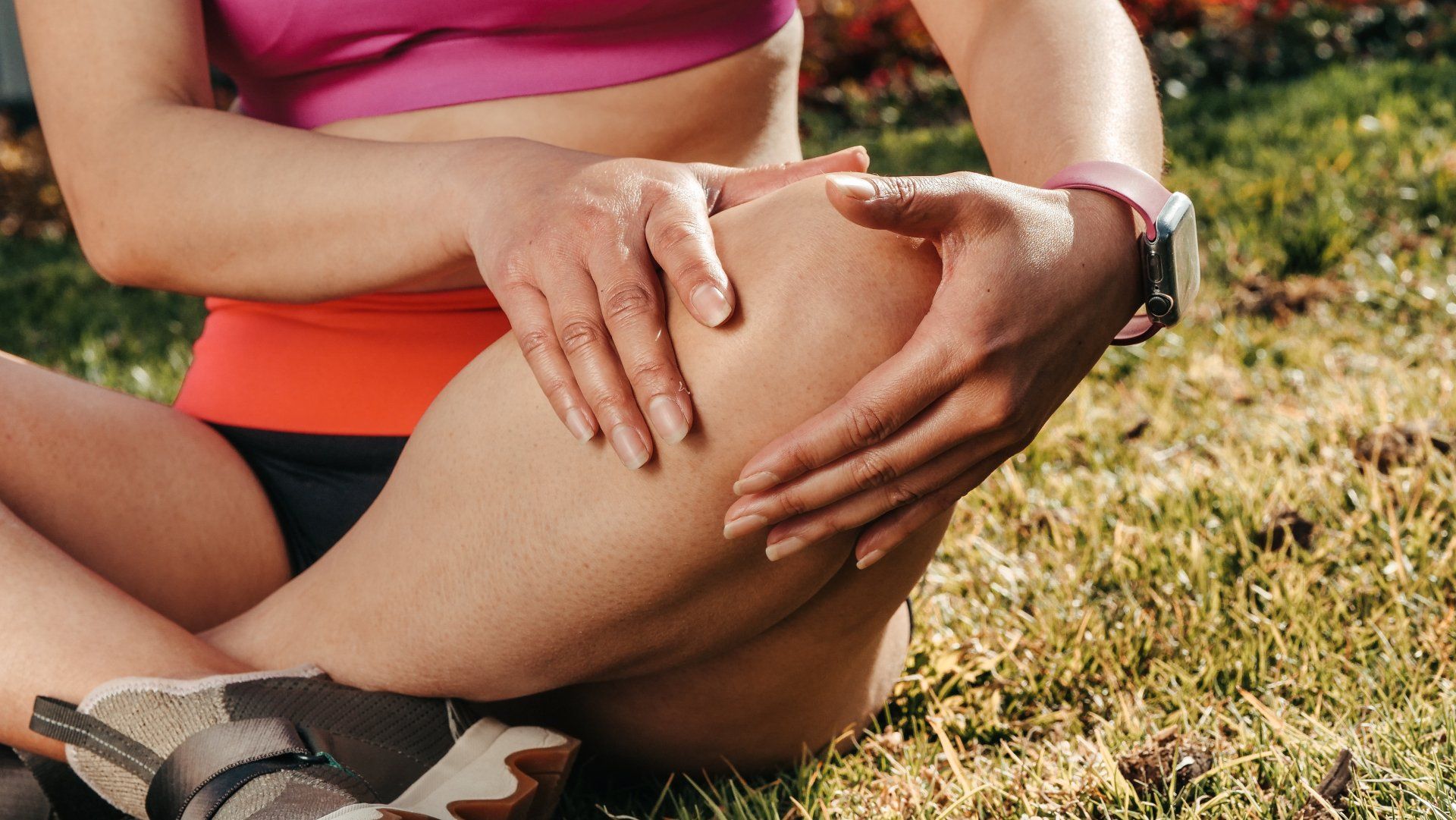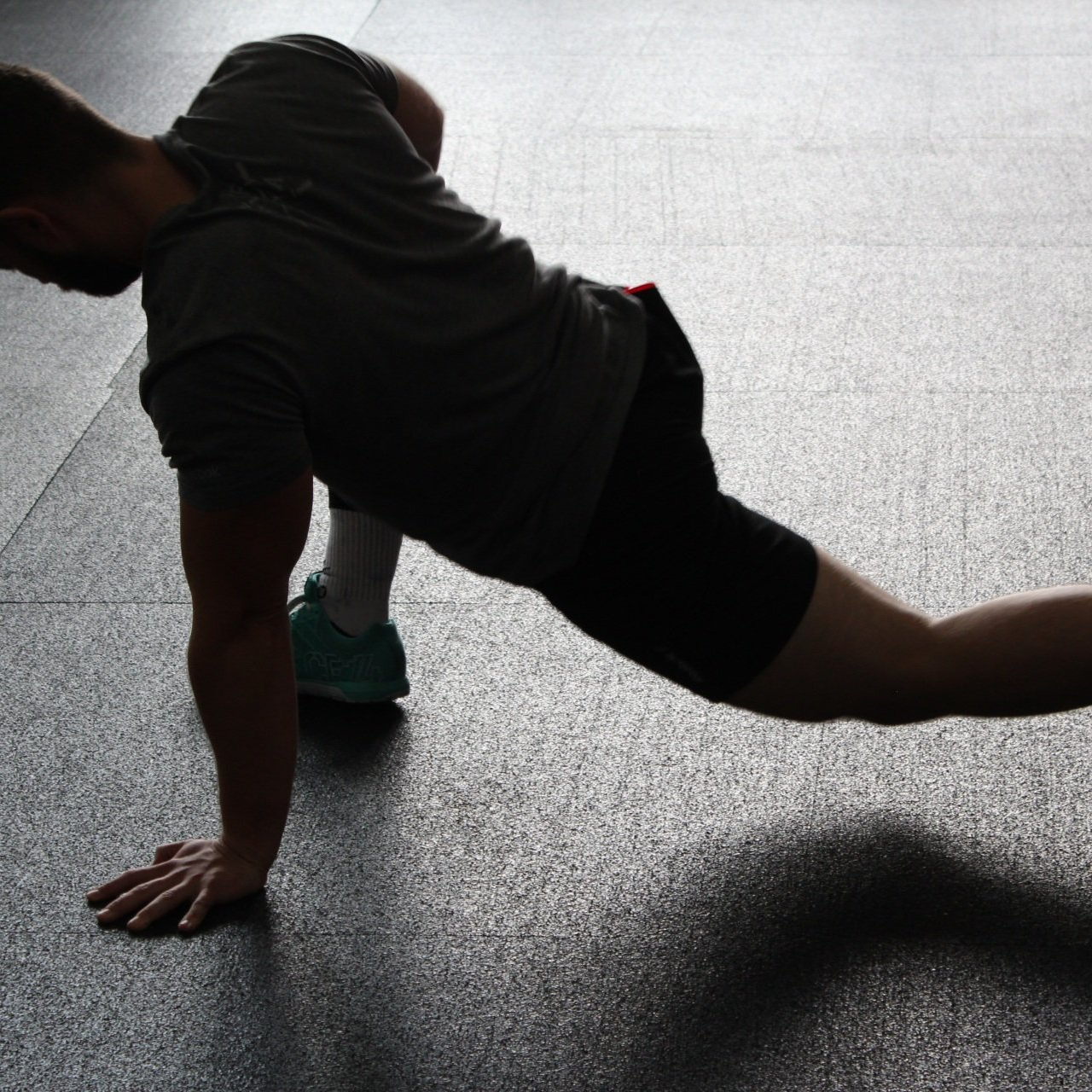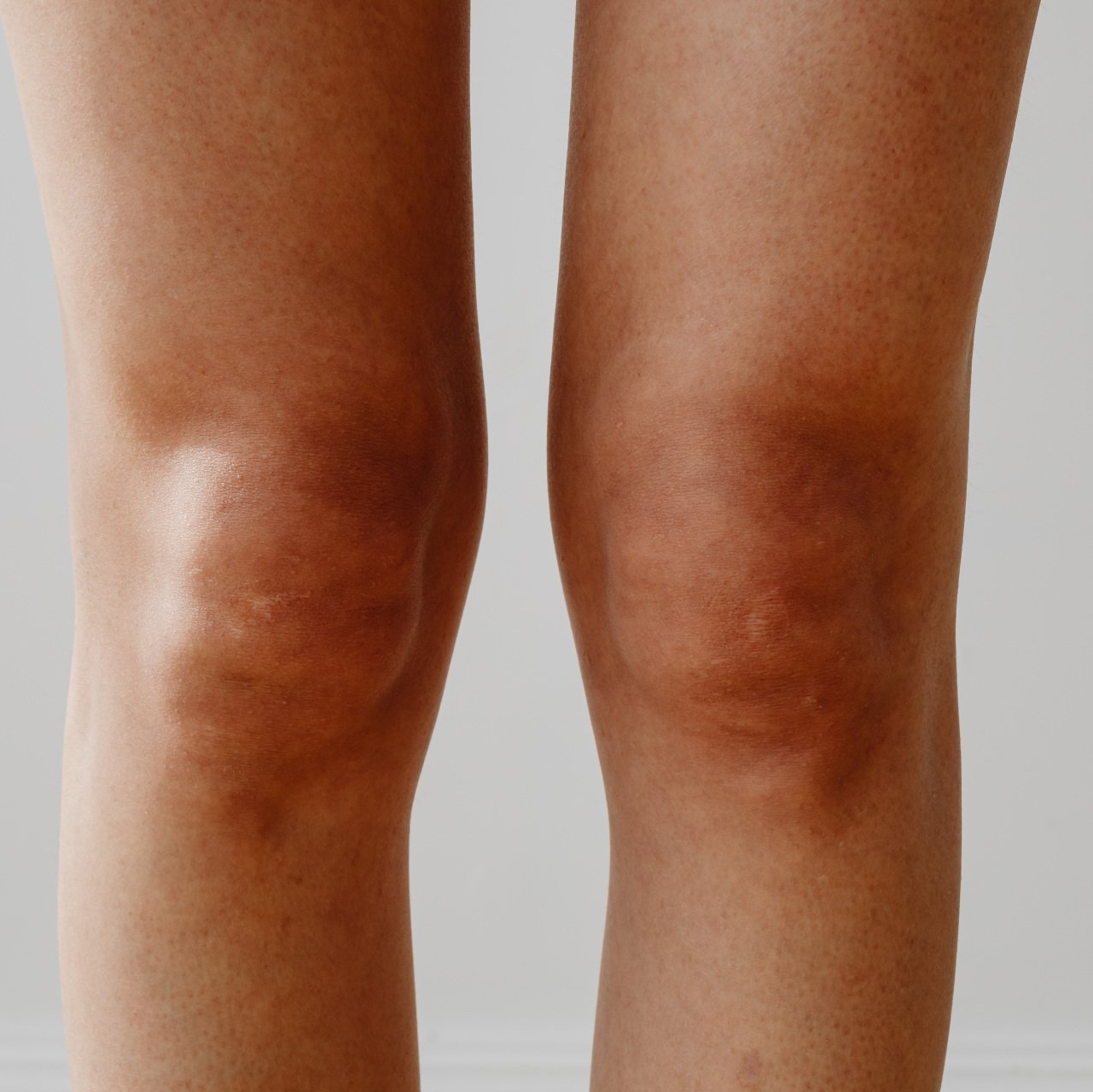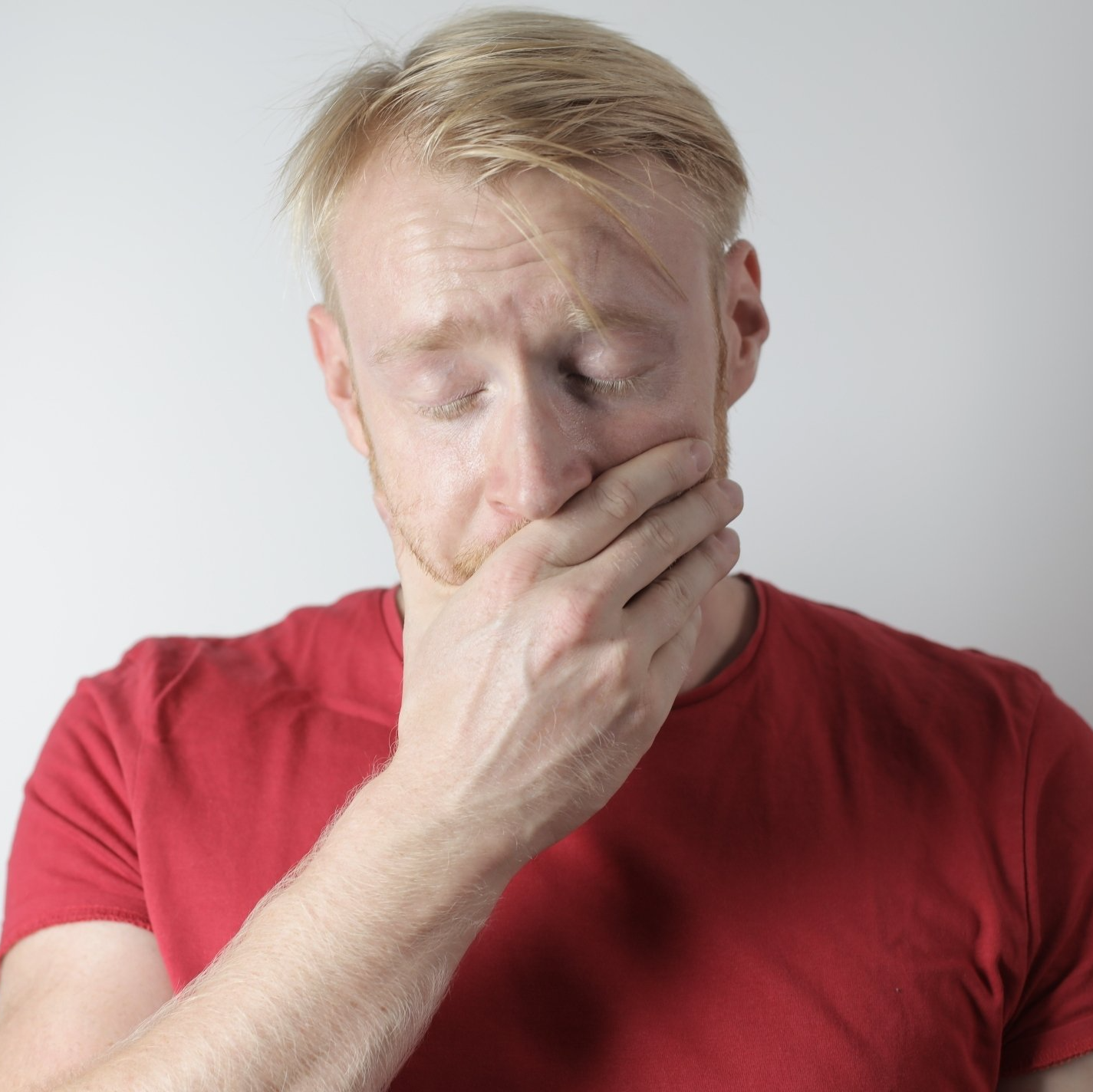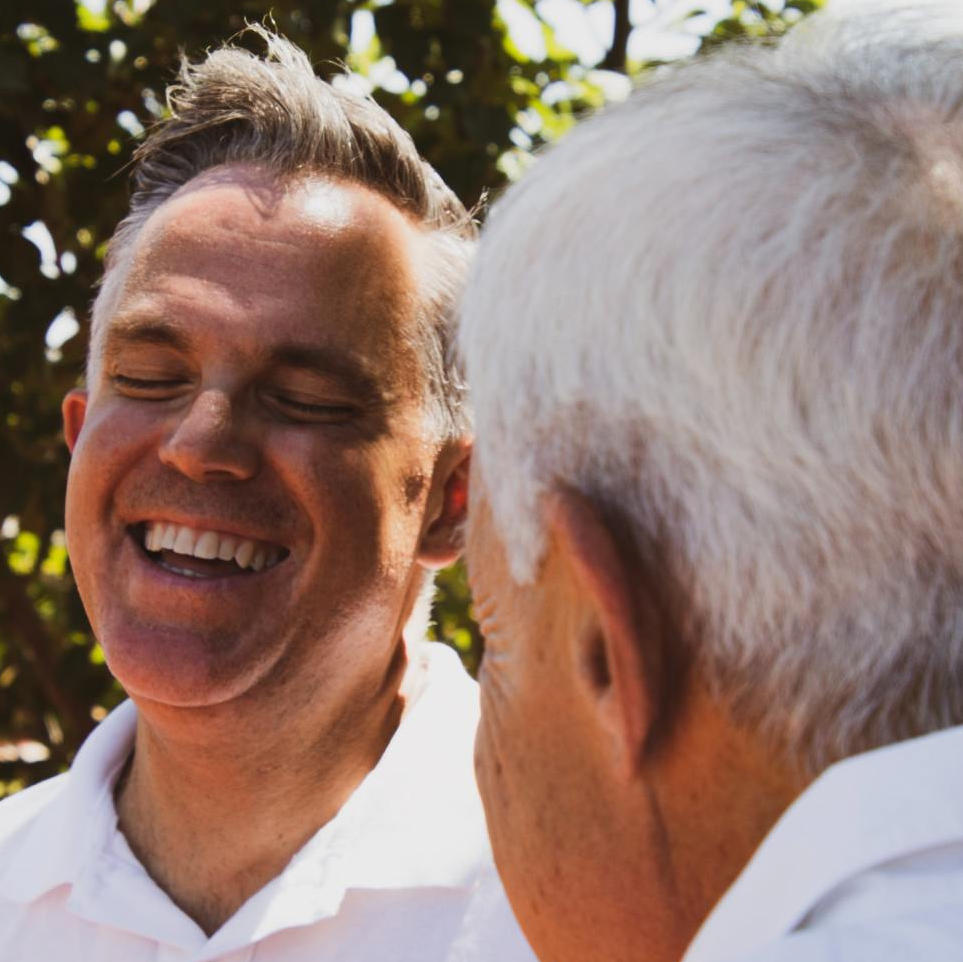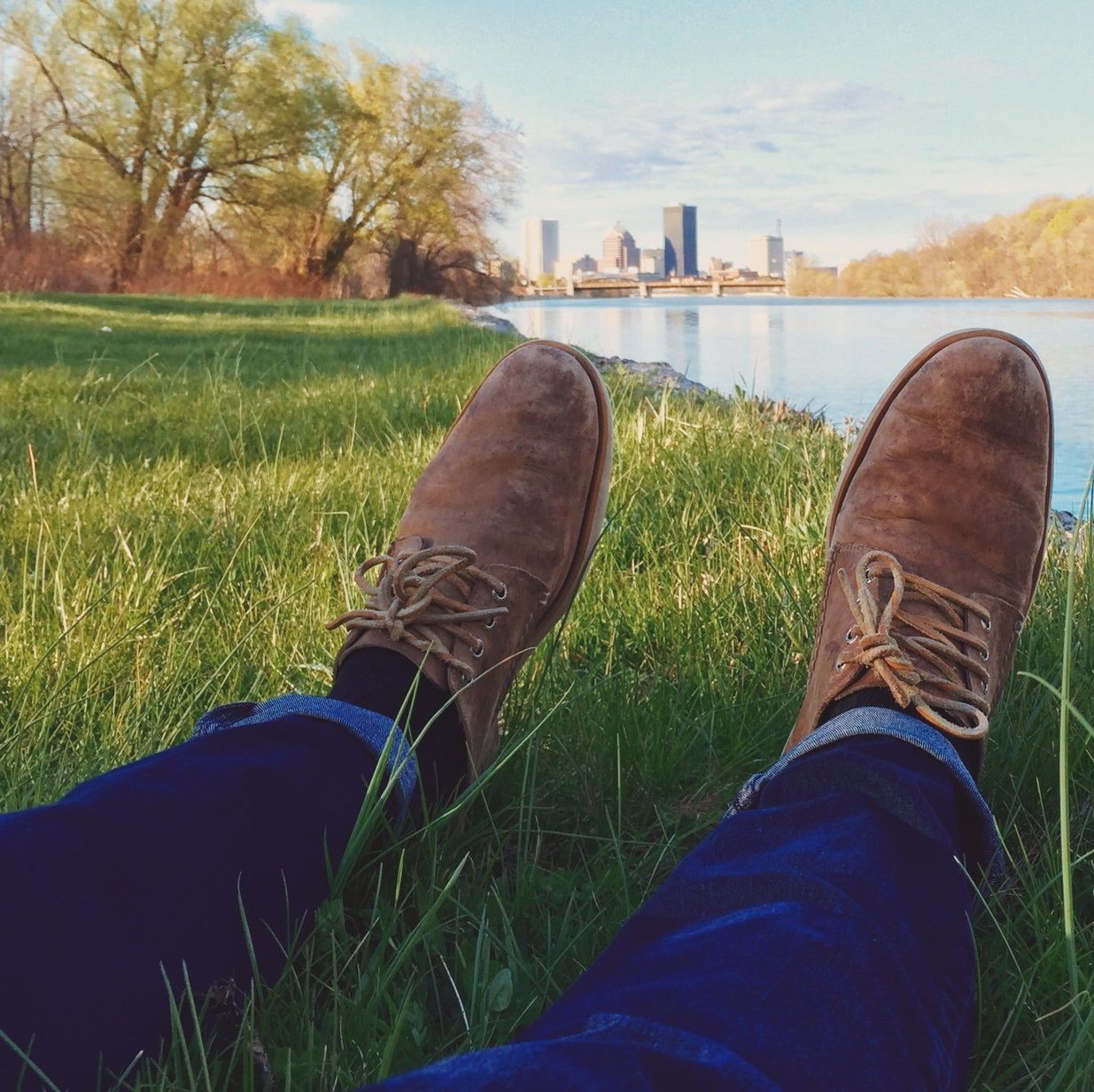“No time” is the reason most people offer when asked why they don’t exercise. And it’s true; most of our lives are busier than ever before. But the fact is, when something is important, when we are committed, when we really want something, we find the time for it. Look beneath the easy and ready excuse and you may find more complex reasons why people won’t start or can’t seem to stay with a regular exercise routine.
Impatience: People want to get in great shape Right Now! Never mind that it took 20 years or more to get in the shape they’re in.
Unrealistic Expectations: Looking for the “perfect body” is a guaranteed set up for failure.
Denial: Many people are in denial that they might have health problems or suffer a debilitating disease.
Intimidation:
The idea of failure or looking foolish or being a beginner intimidates many people into never starting an exercise program.
Bad experiences or painful memories: Experiences such as humiliation or sexual abuse, or old feelings of inadequacy or embarrassment can cause resistance to the idea of exercise.
Physical exercise is essential to good physical and emotional health and a sense of wellbeing. If any of these reasons lay beneath the surface of your “not enough time” excuse, consider these suggestions:
- Start slowly.
- Get a buddy.
- Ask for help if you need it.
- Find an activity you like.
- Realize that it may hurt before it feels good.
- Go for progress, not perfection.
- Remember healthy bodies come in all shapes and sizes.
- Don’t give up. If you miss a day, begin again the next day.
- Be patient. All good things take time.
- Congratulate yourself on your hard work and follow-through.
Specialists in health and exercise matters also say that short bursts of exercise can be effective, too. Regular bouts of 10 to 15 minutes of aerobic “sparks,” such as dancing, a walk around the block, or a midday office stair climb can have a measurable physical and mental impact.
Though you can’t expect to lose much weight or compete in 10K races with such modest activity levels, you can improve your physical health and feel better. Parking your car at the far end of the lot and walking to the mall, taking the stairs instead of the elevator, and dancing through your housework can be the start of something good.
The Body Mechanic's Handbook (BMH) and the BMH Journal (now scheduled to be published in January!) can show you how to solve lower back pain and other related pain problems, but nothing can help you if you're not able to create a habit of physical activity.
The statistics suggest that most of us struggle to create and maintain that habit. I know that personally, 2020 has been my least healthy year. With plenty of time and opportunity, I was less active than usual.
Next time I'll share with you my thoughts on strategies that can help us all to maximize motivation and healthy activity,
to make 2021 our best year yet!
Until then, get moving and stay safe!
Yours in health,
Geoff Dakin



